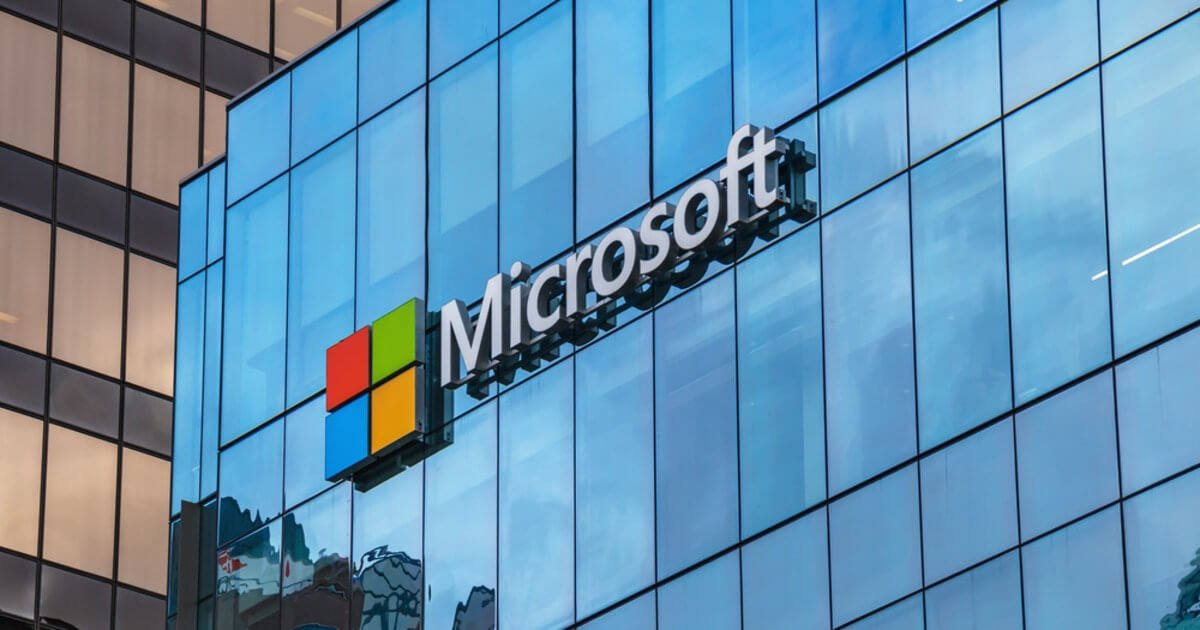Microsoft’s official release of D3D12 Task Graph marks a significant advancement in GPU-based rendering by optimizing resource management and enabling more efficient algorithms.
Microsoft has officially launched D3D12 Work Graphs, a cutting-edge system that aims to improve GPU autonomy by streamlining complex rendering processes. Initially available in preview for 2023, this development is now fully released, marking a pivotal moment for GPU-based rendering and computation.
The D3D12 task graph is designed to address the growing reliance on GPUs to perform sophisticated rendering techniques, such as those found in Nanite in Unreal Engine 5. The CPU’s traditional role, which primarily focuses on resource management and risk tracking, is shrinking as GPUs take on a more central role in the rendering workflow. Before these innovations, fine-grained memory management of GPUs was a major challenge, making it nearly impossible to support algorithms with dynamic task scaling without incurring significant synchronization and memory overhead.
Epic Games expressed support for Work Graphs, citing difficulties predicting GPU memory allocation requirements and limitations in dynamic workload management that it had previously encountered. With the task graph, GPUs can now manage complex pipelines more efficiently, greatly simplifying developers’ tasks of handling resource and barrier management code.
Developers and industry experts looking to learn more about the D3D12 task graph will have plenty of opportunities at GDC 2024, with sessions such as “DirectX State of the Union,” “The Future of GPU Programming at AMD,” and “Nanite’s GPU-Based Materials.” This talk will provide deeper insights into task graphs, including real-world applications and initial observations from industry experts.
The features and characteristics of the new system are numerous. The task graph is acyclic with a depth limit of 32, including recursion. It provides a variety of options for converting incoming operation requests into shader calls, allowing for flexible and efficient data flow. Additionally, the system can use native hardware tools to schedule task requests, optimizing GPU resource usage and potentially reducing dependence on off-chip memory bandwidth.
The official release also introduces additional features, such as adding nodes to existing task graphs and new ways to define graphics and compute pipelines. These enhancements open the door to more dynamic and modular development of graphical applications.
Developers looking to adopt the D3D12 task graph should ensure they have the necessary drivers and prerequisites, including support from GPU vendors such as AMD, NVIDIA, Intel, and Qualcomm. Starting March 11, 2024, AMD and NVIDIA have provided driver support for their respective graphics cards, more information can be found on their blogs.
The release of the D3D12 task graph represents a significant change in the field of graphics and rendering technologies. Microsoft’s ongoing innovation in DirectX technology is setting new standards for what is possible in gaming, visualization, and AI-driven graphics applications. With more autonomous and efficient GPUs, the future of real-time high-performance graphics looks brighter than ever.
For developers, switching to using a task graph may require some adjustments, but the benefits of a more streamlined and capable GPU computing model are clear. Microsoft’s comprehensive guides and samples, available on GitHub, provide a valuable resource for those looking to integrate this technology into their applications.
In conclusion, the D3D12 task graph is poised to revolutionize the way we think about GPU-based rendering and computation. As the technology matures and becomes widely adopted, we can expect to see even more impressive and efficient graphics applications in the near future.
Image source: Shutterstock

